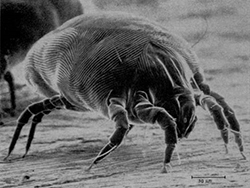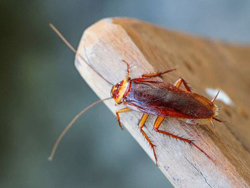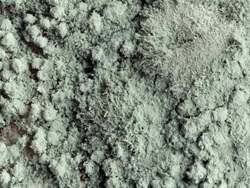
Indoor Environment Can Trigger Allergies and Exacerbate Asthma
Asthma is one of the most common long-term diseases in children, but adults can have asthma, too. Asthma causes wheezing, breathlessness, chest tightness, and coughing at night or early in the morning. If you have asthma, your respiratory system is generally weaker and more susceptible to diseases. Given the right trigger or catalyst, you may even suffer from severe asthmatic attacks where these triggers and catalysts are often airborne indoor pollutants.
In order to minimize or prevent the health issues caused by indoor associated environmental asthma, you must consider the indoor environmental pollutants arising from your own home or office and get an assessment done on the presence and levels of these pollutants.
Dust Mites
Dust mites are tiny bugs that are in almost every home. If you have asthma, dust mites can trigger an asthma attack. To prevent attacks, use mattress covers and pillowcase covers to make a barrier between dust mites and yourself. Don’t use down-filled pillows, quilts, or comforters. Remove stuffed animals and clutter from your bedroom. Wash your bedding on the hottest water setting.
Indoor Air Pollution
Some indoor air pollutants are generated outdoors and then penetrate the indoor environment. Meanwhile, there are pollutants that are produced indoors. These are from air cooling (dust from fans and air conditioning), cooking, and cleaning chemicals, furniture, low quality goods and man-made fibres, packaging and clothing orbedding with protective coatings. High humidity, breathing in cold, dry air, foods, food additives and fragrances can also trigger an asthma attack.
Cockroach Allergen
Cockroaches and their droppings can also trigger an asthma attack. Get rid of cockroaches in your home by removing as many water and food sources as you can. Cockroaches are often found where food is eaten and crumbs are left behind. You may want to get a cockroach allergen test done in your home to check for the likely sensitivity to the allergy.
Pets
Furry pets can trigger an asthma attack. If you think a furry pet may be causing attacks, you may want to get a pet dander test done in your home to check for the sensitivity to the allergy. Bathe pets every week and keep them outside as much as you can. Trimming the pet’s fur in your home will not necessarily help your asthma either. If you have a furry pet, vacuum often. If your floors have a hard surface, such as wood or tile, mop them every week.
Mold
Your bathroom or other areas in your home can trigger an asthma attack. Conduct an air and surface mold assessment of your home or rooms that pose risks and then get rid of mold in your home to help control your attacks. Molds are serious biological pathogens and must be remediated by a specialist to make sure the spores do not spread, cause more contamination and worsen health. Humidity, the amount of moisture in the air, can make mold grow indoors. Get a small tool called a hygrometer (data logger) to check humidity levels and keep them as low as you can—no higher than 70%. Humidity levels change over the course of a day, so check the humidity levels more than once a day. Fix water leaks, which let mold grow behind walls and under floors.
Smoke From Burning Wood or Grass (Haze)
Smoke from burning wood or other plants is made up of a mix of harmful gases and small particles. Breathing in too much of this smoke can cause an asthma attack. Keep windows and doors shut during the haze and during paper burning festival seasons. You may also visit the NEA website for PSI Readings.








